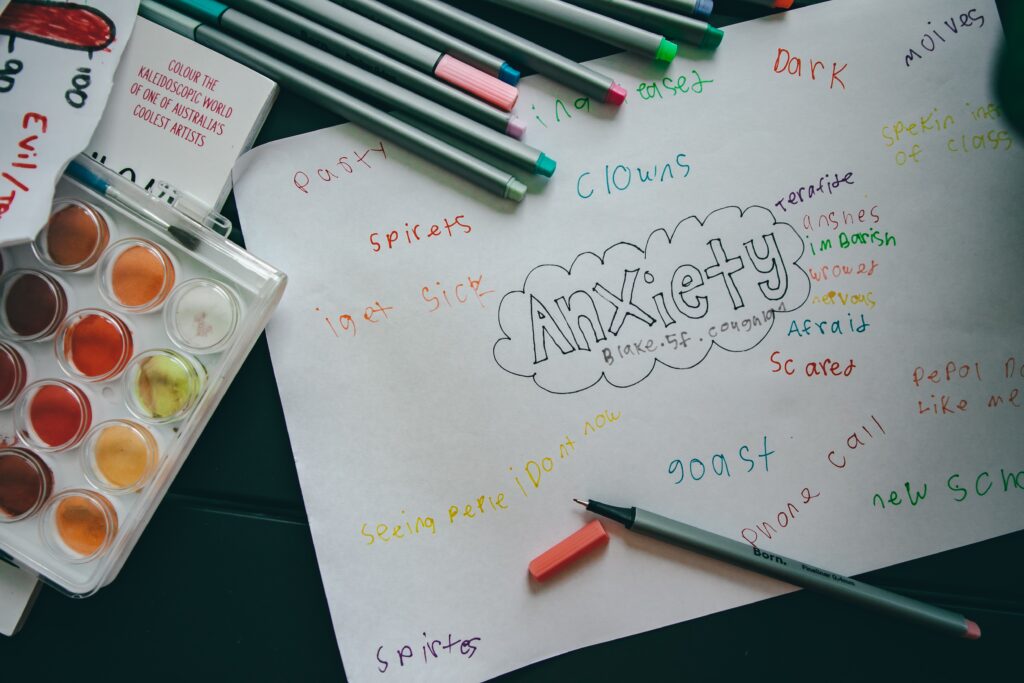Blog Series By Ashley Stevenson - The Power of Play with Non-Verbal Children
The Imitation Game
Imitation is an amazing tool for enhancing the development of communication skills. Imitation helps children to practice the rhythms of communication. It can also help them to build the foundations for broader social skills, like recognising facial expressions and social cues. We can use imitation effectively in play with non-verbal children by mirroring back to the child the sounds and gestures they make.
Some examples of bringing imitation into your play with your child are repeating back the noises they make in their play. For example, if your child makes an excited squeal, you might mirror this sound and in the first instance. Then you may accompany this with a short word, like “Happy!” or “Fun!”.
If your child picks up a ball, you might pick one up too. If they drop the ball, you might drop yours too. As the copying game progresses with your child, you may begin to add short words as you imitate such as “Ball”, “drop” or “bounce”.
You can also use play as a way to imitate facial expressions. If your child is smiling and laughing mirror this by smiling and laughing too.
A very helpful tool to remember when playing with your child is to get down on their level physically and maintain a close proximity without intruding on their personal space. When you are at your child’s level, they can more easily see your facial expressions, see your mouth movements, and watch your gestures. This will make it easier for your child to imitate your actions, whilst you imitate theirs.
Giving your child time to respond to you in their own way during play is an important aspect of developing communication skills. This means although you may be imitating, narrating, or using gestures during play, make sure you leave pauses in the play for your child’s reactions. When your child gives a reaction, you can then respond.
The Narrator
Another great way to support the development of communication skills for non-verbal children through play is introducing the narration of play. This means describing aspects of the play for the child to help them to associate words with items, sensations, or actions.
For example, if your child is playing with an orange car, you might use describing words such as “You have the Orange Car.” If your child moves the car along the ground, you might describe the play by saying “You’re driving the car” or “fast car.”
If your child picks up a plush toy, you might use describing words such as “Soft Teddy.” If your child hugs the Teddy, you might use describing words such as “Hug Teddy” or “You cuddling Teddy”.
You can also use this to describe sounds like “loud” or “quiet” for instance when using toys that produce noise.
Narrating play is a great and unobtrusive way to help increase communication skills during play. Using simple words and repeating these words and phrases can help a child create stronger links between the word and its meaning overtime.
References
Applied Behaviour Analysis EDU (2023). 6 Strategies for Encouraging a Non-Verbal Child to Communicate. Copyright Wiley University 6 Strategies – Encouraging a Non-Verbal Child to Communicate (appliedbehavioranalysisedu.org)
Dr David Lee and Louise Sanders (2018). Reluctant Speaking and Selective Mutism Resource Pack 4th Edition. Copyright Leicestershire County Council. Reluctant Speaking and Selective Mutism Resource Pack (leicestershire.gov.uk)
Pereira et al (2021). Diagnosing selective mutism: a critical review of measures for clinical practice and research. Published in European Child & Adolescent Psychiatry. Copyright Springer.
NHS (2023). Selective Mutism. Copyright NHS Selective mutism – NHS (www.nhs.uk)
Koegel LK, Bryan KM, Su P, Vaidya M, Camarata S (2019) Intervention for Non-verbal and Minimally-Verbal Individuals with Autism: A Systematic Review. Int J Pediatr Res 5:056. doi.org/10.23937/2469-5769/1510056
Paul, R.. (2002). Disorders of communication. In M. Lewis (Ed.),Child and adolescent psychiatry: A comprehensive textbook (3rd ed., pp. 612-621). Philadelphia: Lippincott Williams & Wilkins




